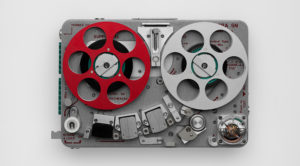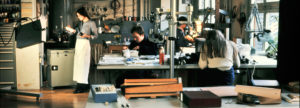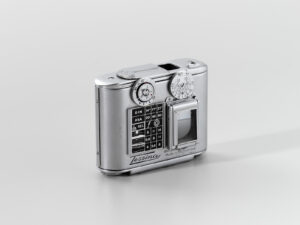
The Grenchen spy camera: a favourite of the Stasi and the CIA
In 1960 an unusual camera came onto the market: the Tessina, made in Grenchen. It was the world’s smallest 35mm camera at the time. Although never a bestseller, it proved popular with some of the intelligence services.
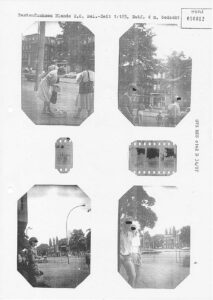
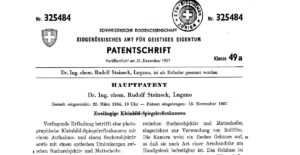
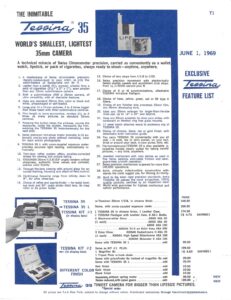
Part of the Watergate affair
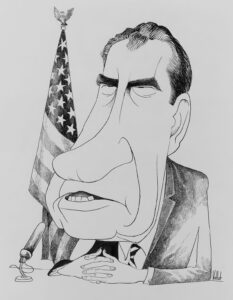
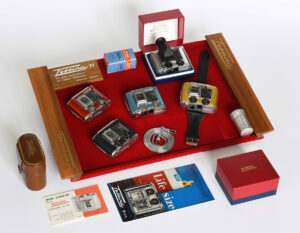
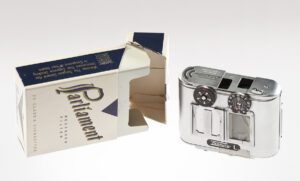
Supporting role in a Hitchcock thriller
Film clip in which the Tessina can be seen briefly (01:19). YouTube


